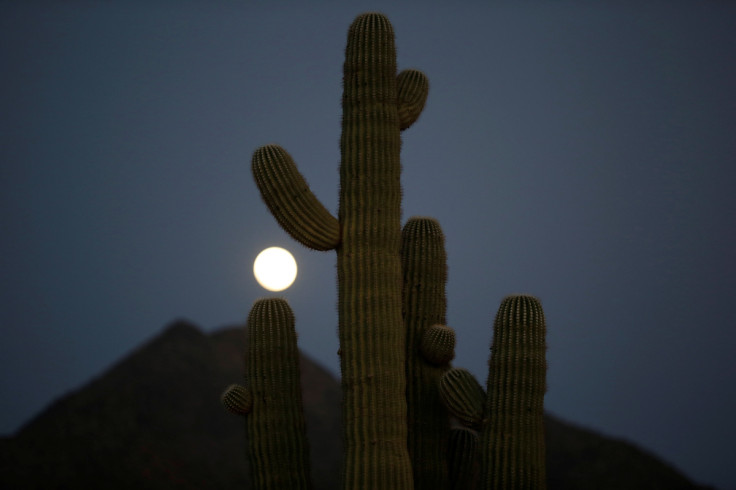Pink Moon: Don't Miss Skywatching On The First Full Moon Of Spring This Week
KEY POINTS
- The Moon will appear full starting Tuesday evening
- One of its other names is Moon When the Geese Lay Eggs
- Other celestial objects will also be visible in the sky
Skywatchers, don't forget to come out and look up this week, as the Full Pink Moon is about to grace the skies.
The April Full Moon will be at 12:34 a.m. EDT on Thursday, April 6. However, there will be a lot of time to catch a glimpse of it because it will appear full for about three days starting on Tuesday evening until Friday morning.
This particular full Moon is called the Pink Moon because it reportedly corresponds with the blooming of the Phlox subulata, The Old Farmer's Almanac explained. Also called "moss pink," this is a wildflower that's native to eastern North America.
But the first full moon of Spring comes with many names, and some of them also appear to be associated with the events during the season. They include names like Budding Moon of Plants and Shrubs (Tlingit), Moon of the Red Grass Appearing (Oglala) and Moon When The Geese Lay Eggs (Dakota).
This year, the Pink Moon is also called Paschal Moon because it occurs before Easter, according to EarthSky. Next year, however, the April Full Moon will fall after Easter. In that case, it will not be called the Paschal Moon.
What to See Along with the Moon
While the Moon is a fairly easy target when it comes to skywatching because of its size and brightness compared to other celestial objects, it's still best to see it in an open area where one will have a great view of the sky. Then, you can also take the time to look at the other objects in the sky.
For instance, the bright star Spica will also make an appearance on the evening of the full moon. The moon is bright, though, so it might be harder to spot. Blocking the brightness of the Moon from view might help.
For viewers in the Northern Hemisphere, the Pink Moon will be above Spica. This will be the opposite for the viewers in the Southern Hemisphere, for whom the Pink Moon will be below the bright star.
Three of the five visible planets will also be making an appearance in the sky on that evening, according to NASA. These are Venus, Mercury and Mars, with Venus being the brightest among the three, followed by Mercury and Mars. Orange-hued star Pollux will also be visible, and so will the constellation Orion and the bright star Sirius.
There's also something in store for those who would like to stay a little bit longer. By morning twilight at 5:46 a.m. EDT on Thursday, Saturn will take the stage as the only planet visible at the time.
The full Moon may only be the beginning of sky-watching in April because there are several other exciting events throughout the month, including a hybrid solar eclipse and the Lyrid meteor shower.

© Copyright IBTimes 2025. All rights reserved.






















